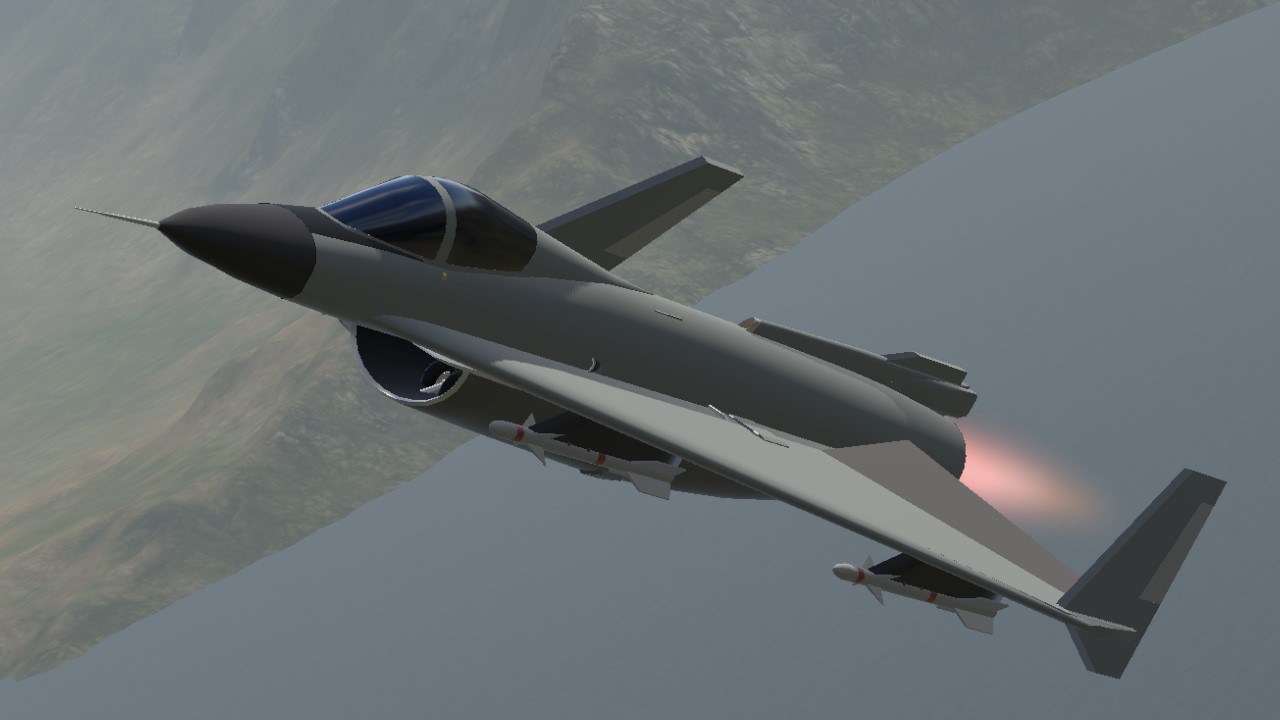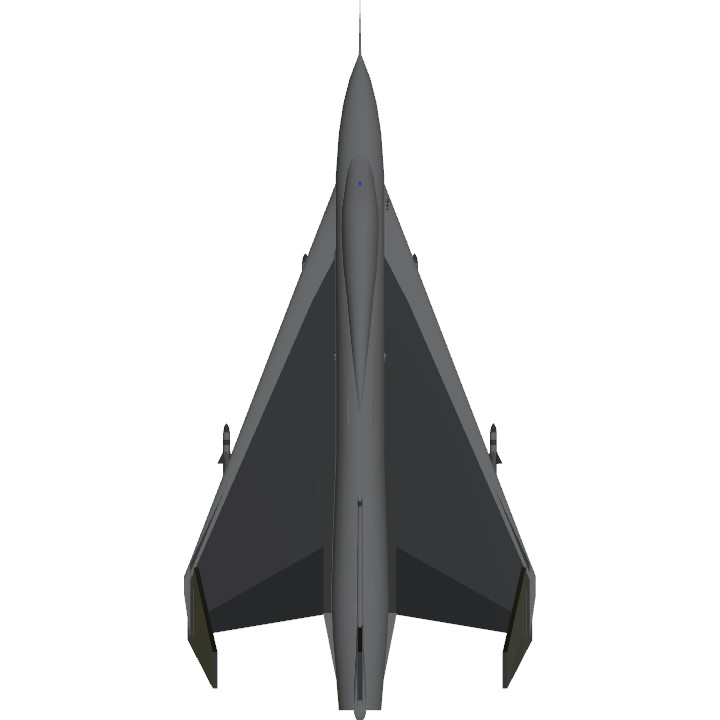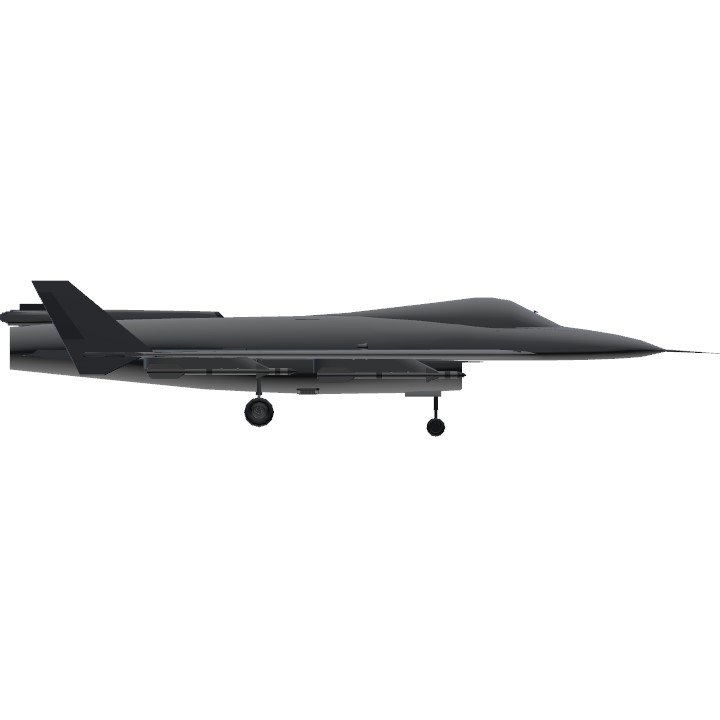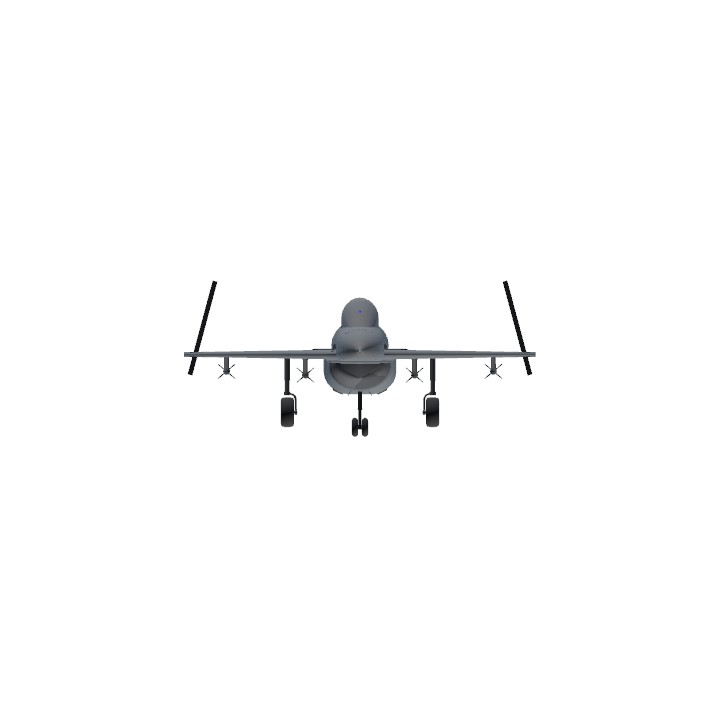Auto Credit Based on Cabbage17's X-214 8z
Fictional fighter concept

Based on/inspiration from Boeing 908-625 microfighter concept, F-20, F-5, F-16, X-31
(fictional lore because why not)
The X-214-8 was one of G George Aerospace's concepts competing for the Light Export Fighter program. The LEF program was the US's attempt to export effective air defense aircraft to non-NATO nations which opposed communism without providing to those nations offensive aircraft or sensitive technologies that could be used against the US or its allies. Due to the requirements of the LEF program, the 214 was intentionally designed to be less capable than modern western aircraft. It made up for lower engine performance and reduced strike capacity with its agility, low cost, and relative simplicity, as well as its sleek looks.
The 214-8 was never developed further than wind tunnel models and a scale mockup. Changes in the Robson Administration saw export restrictions slackened and the LEF program subsequently dissolved in the following years. G George pursued the X-214-2, an early 214 concept/model, and developed it into the X-217 for export. Both the X-214-8 and X-217 were unofficially known as the Sabre II within G George.
Specifications
General Characteristics
- Predecessor X-214 8z
- Successors 1 airplane(s)
- Created On iOS
- Wingspan 23.8ft (7.3m)
- Length 48.7ft (14.8m)
- Height 10.4ft (3.2m)
- Empty Weight 11,970lbs (5,429kg)
- Loaded Weight 17,211lbs (7,806kg)
Performance
- Power/Weight Ratio 5.484
- Wing Loading 42.5lbs/ft2 (207.5kg/m2)
- Wing Area 405.0ft2 (37.6m2)
- Drag Points 4541
Parts
- Number of Parts 123
- Control Surfaces 8
- Performance Cost 614







Counterpoint, you should check out NASA Contractor Report 3053: Aerodynamic characteristics of Forebody and Nose Strakes Based on F-16 Wind Tunnel Test Experience, as well as NAVWEPS 00-80T-80, Aerodynamics for naval aviators 1965 edition
https://www.faa.gov/sites/faa.gov/files/regulationspolicies/handbooksmanuals/aviation/00-80T-80.pdf
I have no idea why you said that but you got me interested because thats the kind of stuff I read for some reason lol.
actually, why did you tell me that?
@WisconsinStatePolice I'd recommend reading ASA-8083-30A
Cool. I was watching a youtube on that type of configuration, with the vertical stabilizer on the wingtips apparently it produces a more efficient airplane.
Bro your build is always simple yet unique. Nice stuff 👍
@WisconsinStatePolice
I'll practice more
@WisconsinStatePolice
Ohhhh Kay
Cause I had recently tried to recreate the AY-05 but it leave more to be desired. I did try using a blueprint but I felt like some dimensions were off, probably might have been a miscalculation from my end
@ToeTips
For replicas, the biggest help is the blueprint function, grab a blueprint off the internet and build using it as a guide. I also like look at pictures online or in books. Sometimes it's helpful for me to have a physical die-cast model or matchbox toy. I also like to read about how the aircraft is developed, going down rabbit holes of the programs and ideas surrounding it. Honestly the best way to get better is to just do it, practice makes progress.
While this plane isn't a replica, it's based on the Boeing 985-121, F-20, and F-16. I like to use other real aircraft as inspiration and as guides to make fictional aircraft, just like you did with the EuroLightning.
How are y'all so good at replicas?